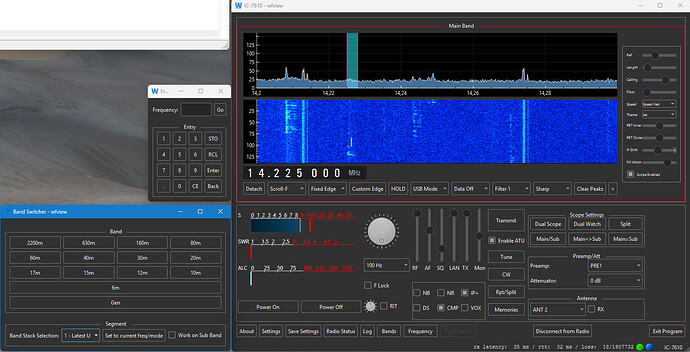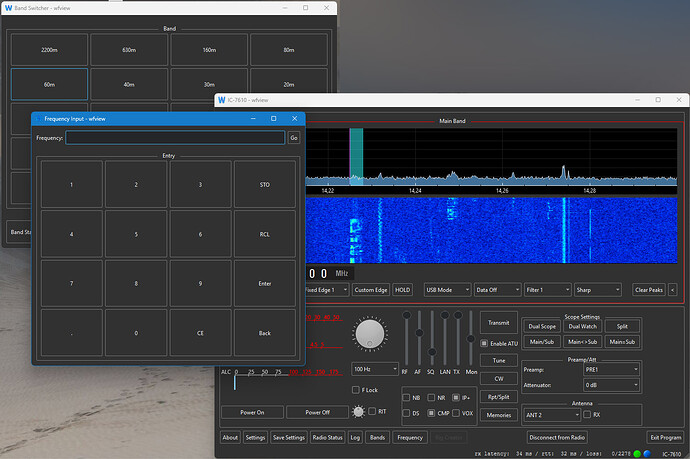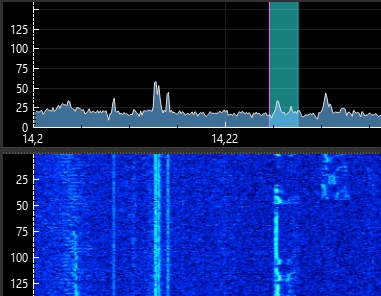Hello there!
First of all, I want to start with praise and kind words to developers of this great software, which I use almost 5 months in a row. I forced to use my IC-7610 through remote connection. Almost an year I used original Icom software RS-BA1, but main lack of it - flexibility to share virtual ports with logging and other software, which are using Omnirig. But in WFView it is nicely solved with RigCTRd.
Maybe with some points I will go wrong, but I will try to list of what I really like and what I want to see upgraded.
Most of the time I was on stable 2.03 and past weeks moved on weekly build. Windows 11 here.
Pros for me is:
- Single app, instead of running 2 Icom apps.
- Ability to shorten audio buffer in compare with Icom app.
- RigCTL on board which give opportunity to use OmniRig with this app.
- Heavily customizable.
Cons:
-
Using Icom RC-28 for tuning dial gives a quite different filling in compare with RS-BA1 Software. In RS-BA1 visually and acoustically it runs absolutely smoothly, it never had and hops between frequencies when sweeping. In WFView it seems like before changing actual tuning position on spectrum, it waits until packet reaches TRX with respond which is resulting not even and non-smooth frequency sweeping (tuning with small hops, sometime bigger). Average RTT is 35ms.
-
I’ve tried many approaches to save settings in Settings and Main Window, but WFView never stores position and size of band selection window and frequency dial window as well.
After restart it reset it’s size and position. Would be nice to fix it.
-
Band stack selection would be nice to be store last option selected or having default Icom behavior when each continues click switches on next stored frequence and mode.
-
Spectrum measurement values on left side should be real world dBm. And nothing for waterfall.
-
Very strange behavior for waterfall speed that has bad affection of spectrum. It should be set up independently.
-
Regarding audio output devices it would be nice to switch them in default windows mixer in Windows 11 it is win+ctrl+v. In my case I use headset for working on air and speakers just for listening broadcast stations. Now to switch I need to disconnect from radio, change output device where is no Default Windows Device.
-
Also would be nice to see implemented TX bandwidth filters like wide \ mid \ narrow for IC-7610.
-
Able to save settings to external file, rather than using RegEdit export approach.
-
After exiting sleep mode for monitors application start to be laggy and needs restart.
If I just missed something in your beautiful program and some of points above already implemented just let me know ![]()
Will be grateful for any advices or feedback.



